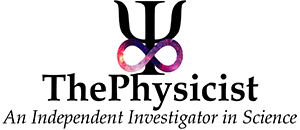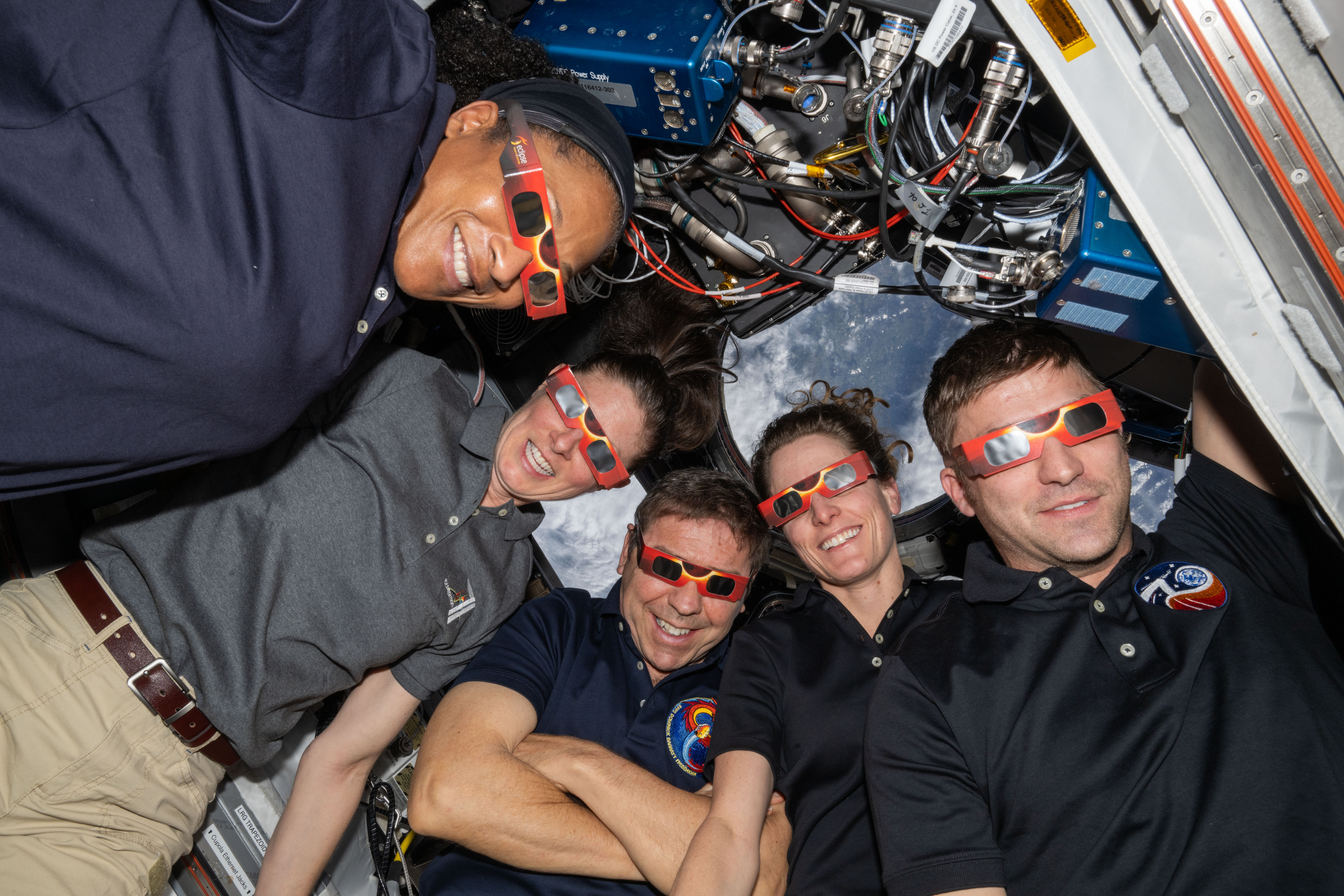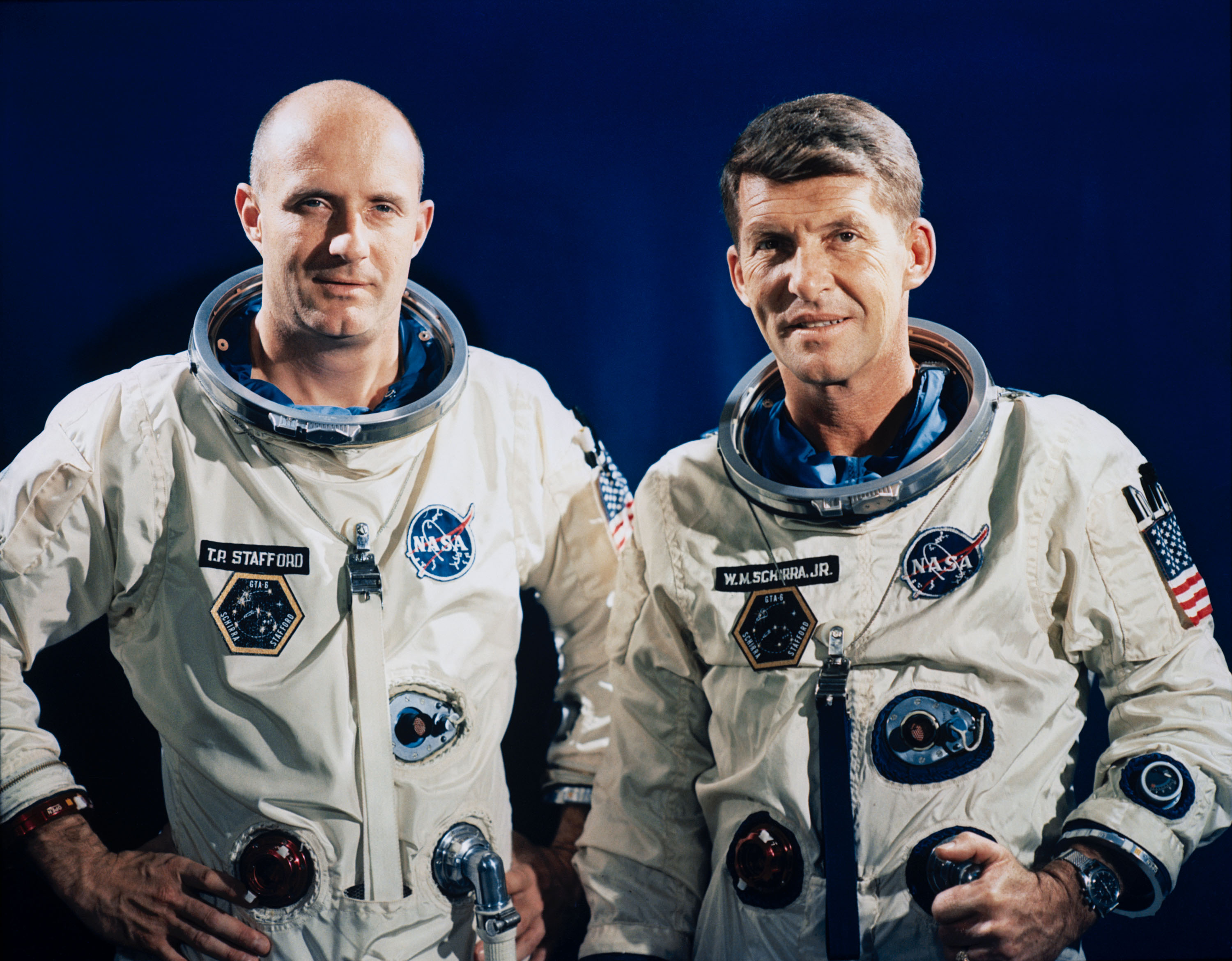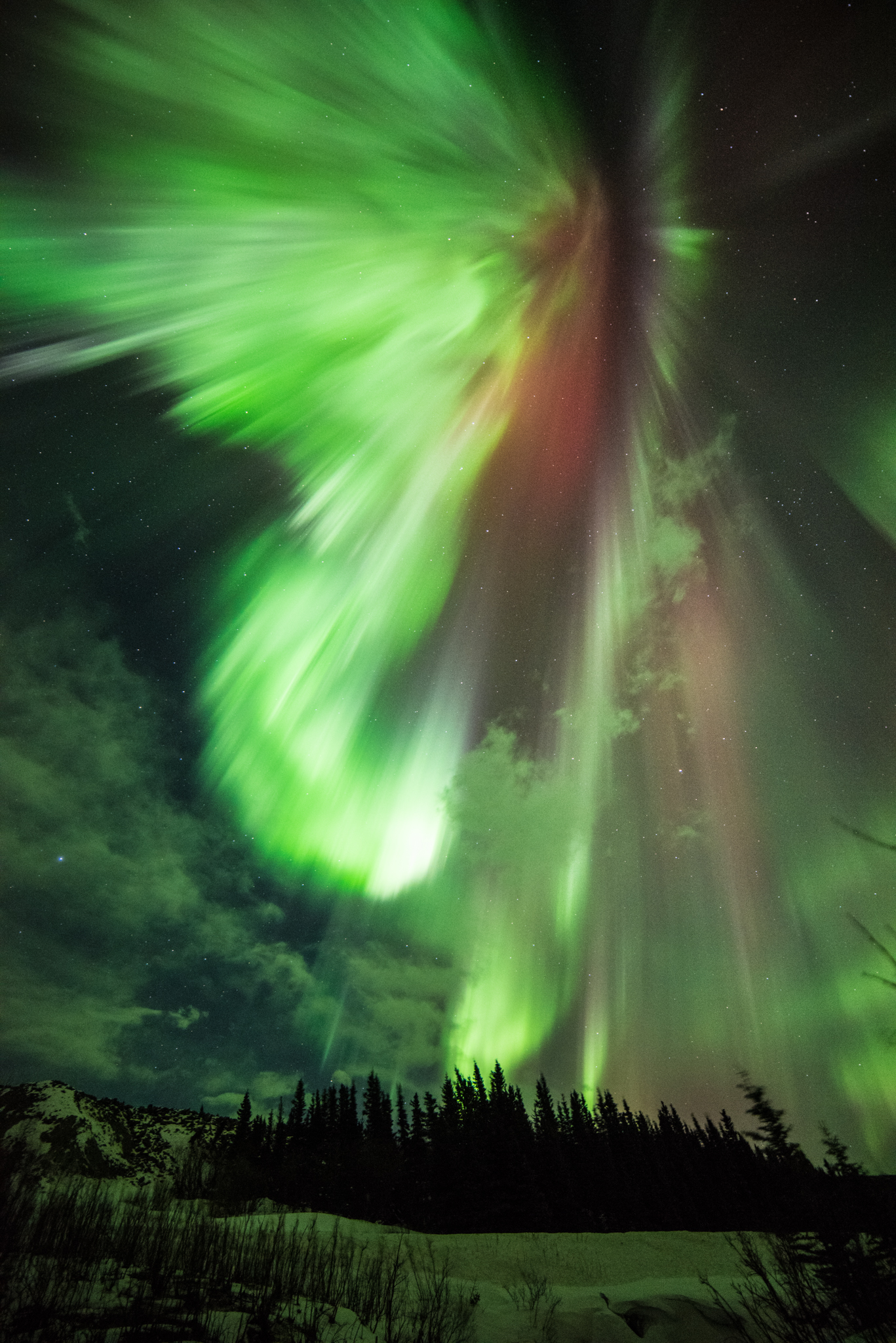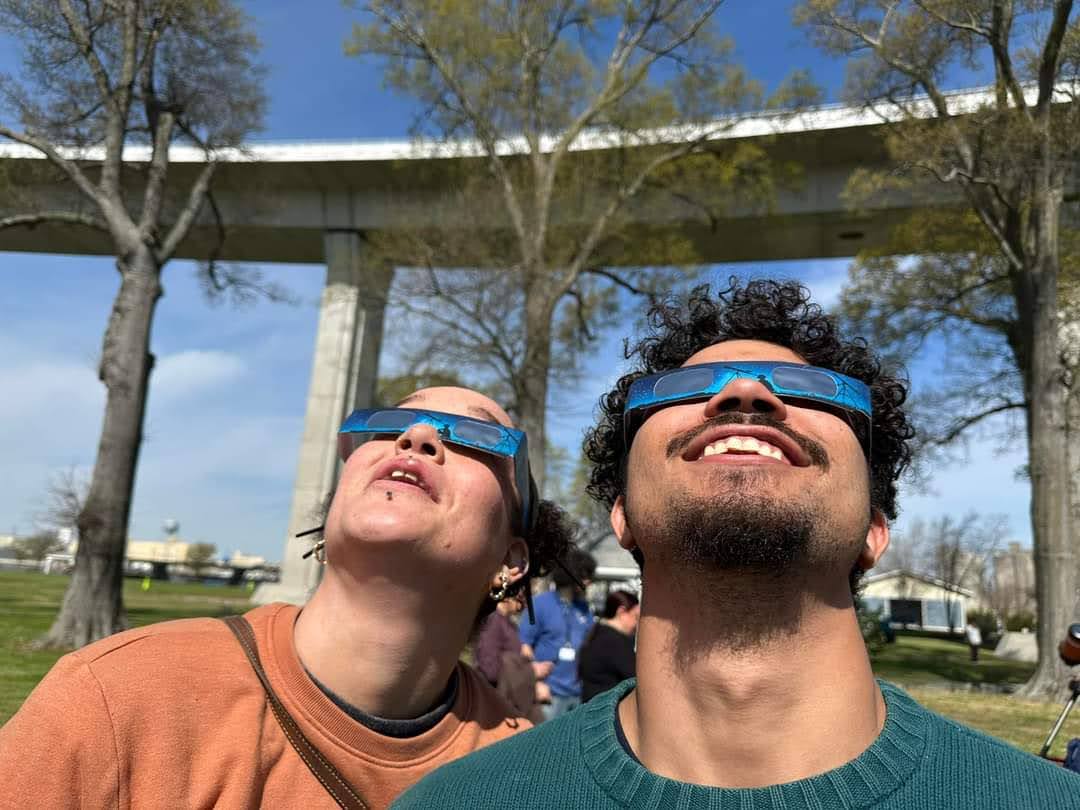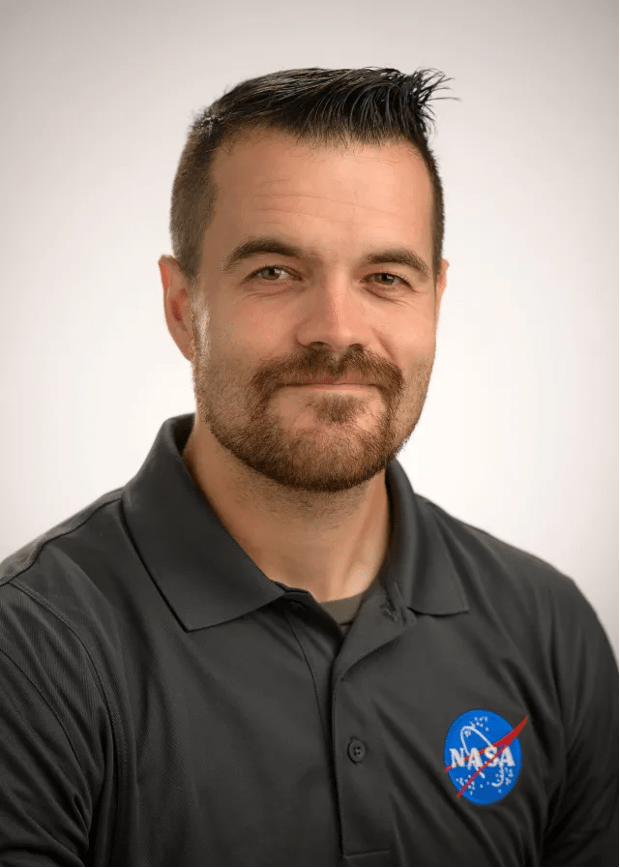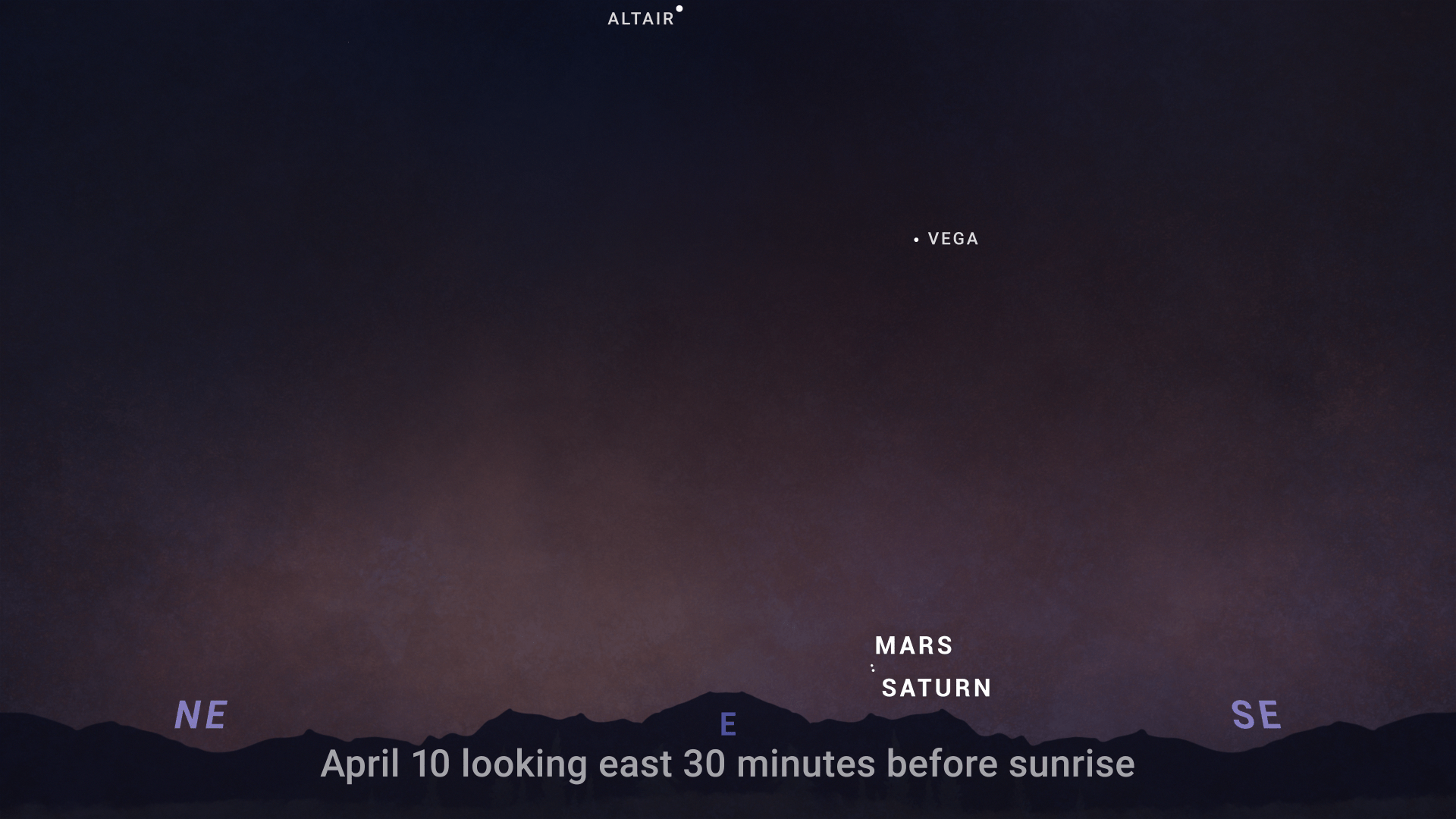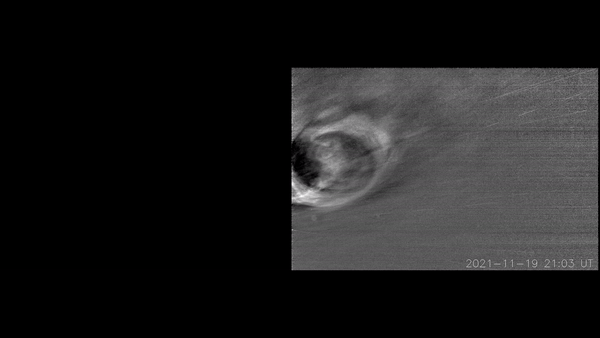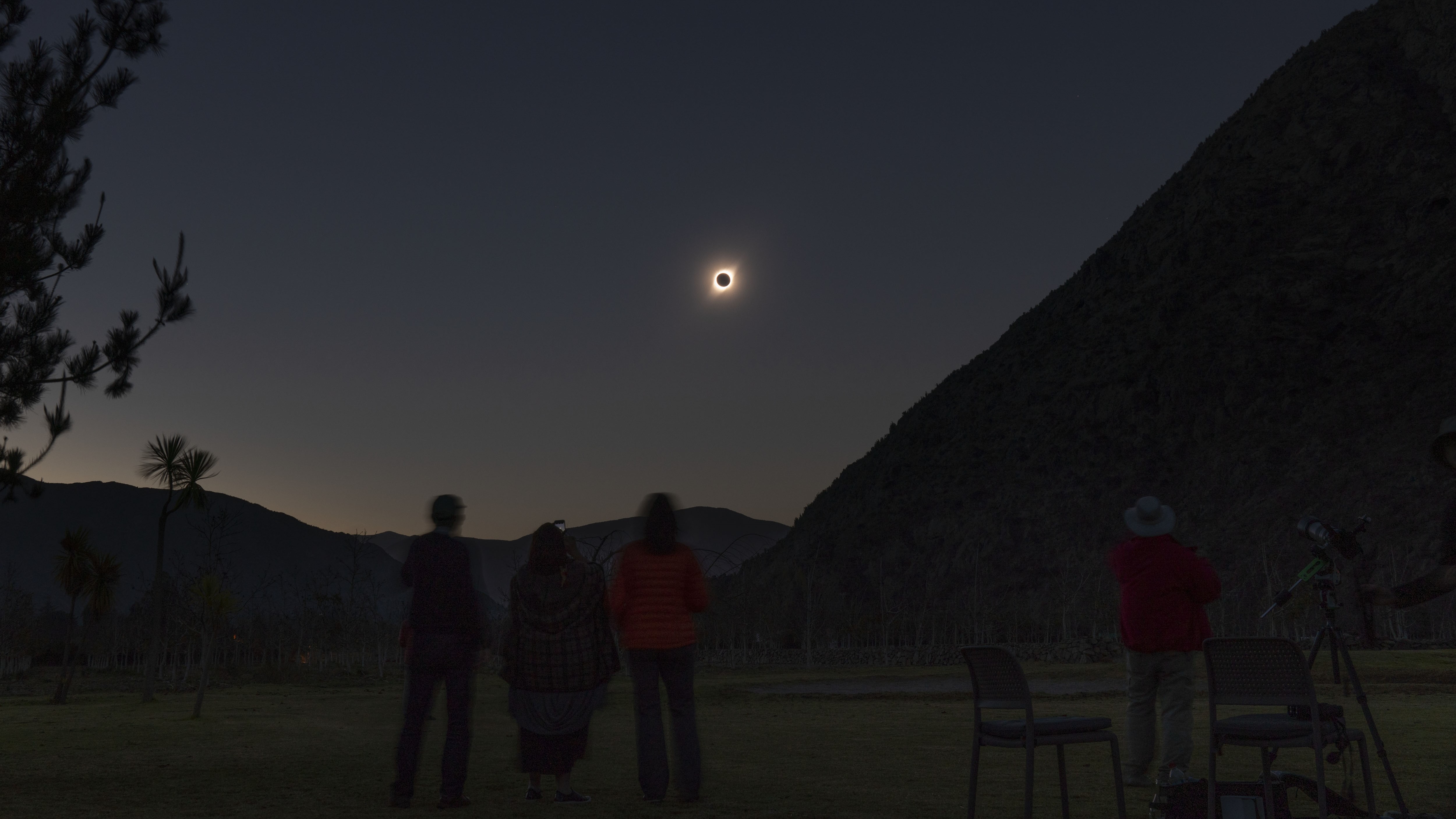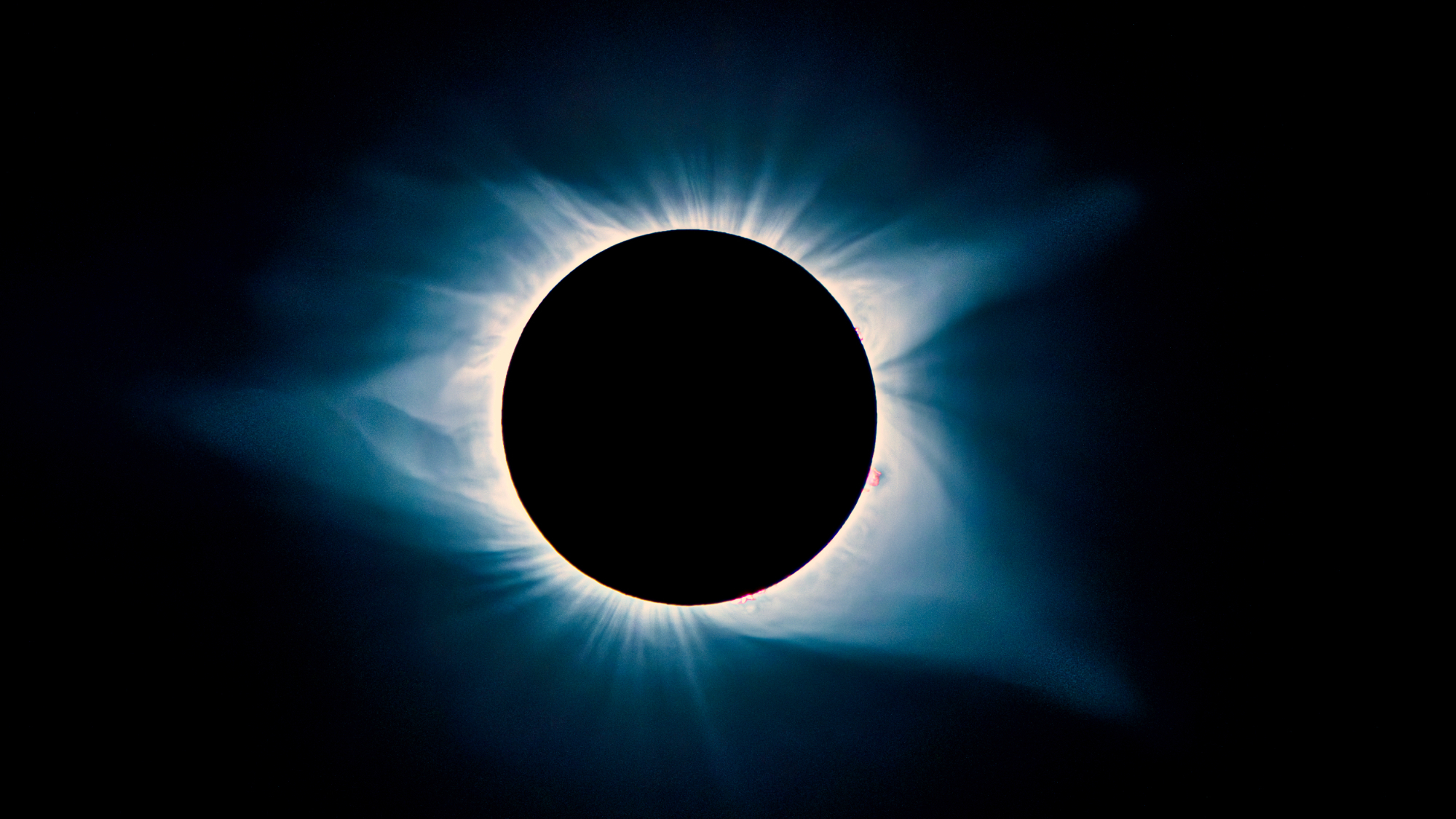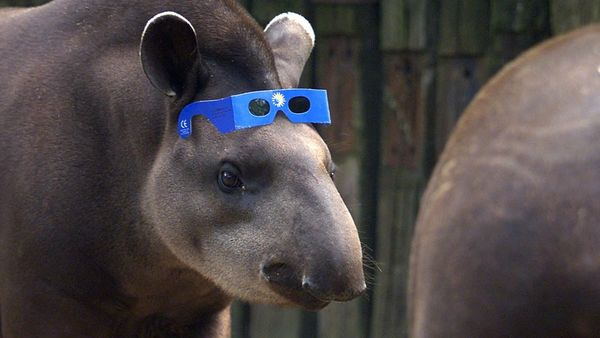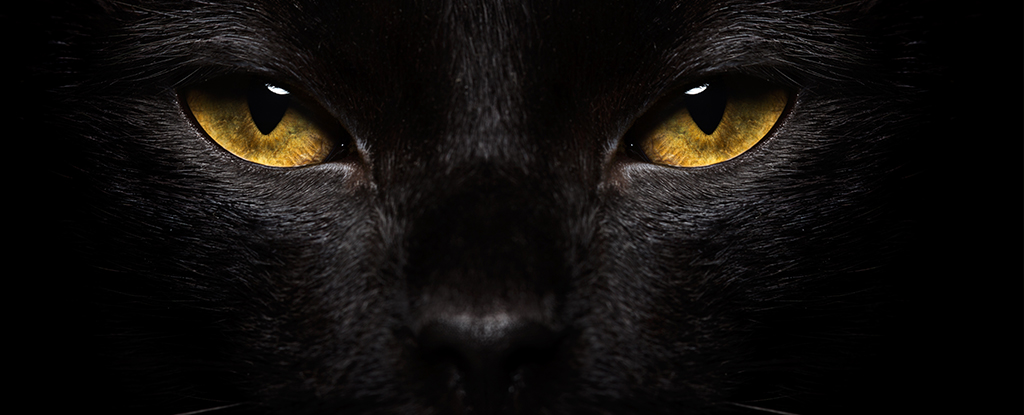
News on the most recent advances in science
Staying updated with the most recent advances in science has never been easier. ThePhysicist gathers news about the most recent advances in the world of scientific research and analyses them regularly.
NASA Live
Science Digest
- Nasa image of the day
- NASA Breaking News
- Space News
- Phys.org
- Science Alert
- Scientific American
- Science News
- Quanta Magazine
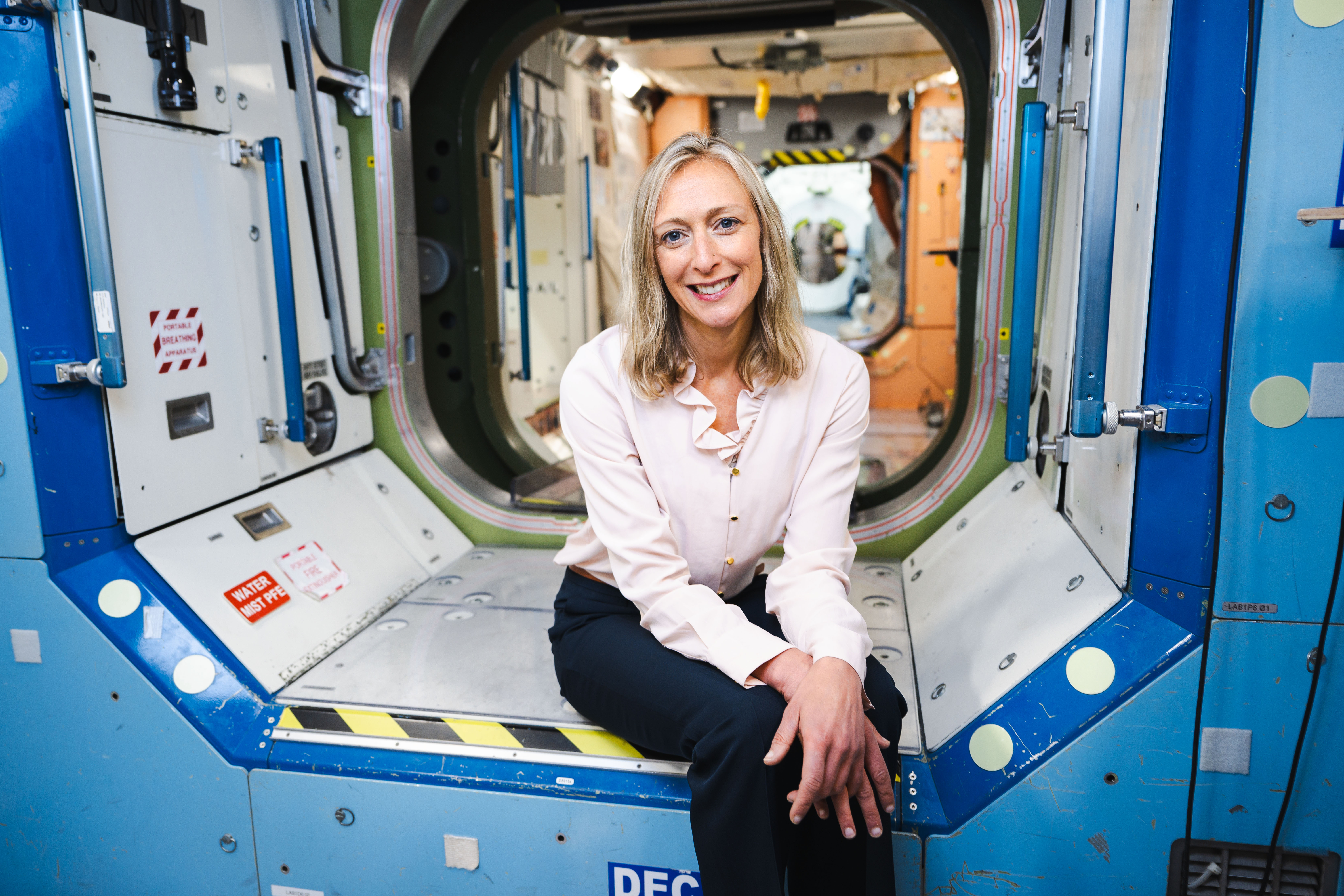
“One of my cornerstone pinnacles [is], ‘Show up to work [and] life with integrity and intent.’ So, accomplish your goals with integrity, intent, and a mission. Stick to that and have the confidence to do that, and be OK with messing up and failing, and have fun with those things." — Meghan Everett, International Space Station Program Deputy Chief Scientist, NASA’s Johnson Space Center
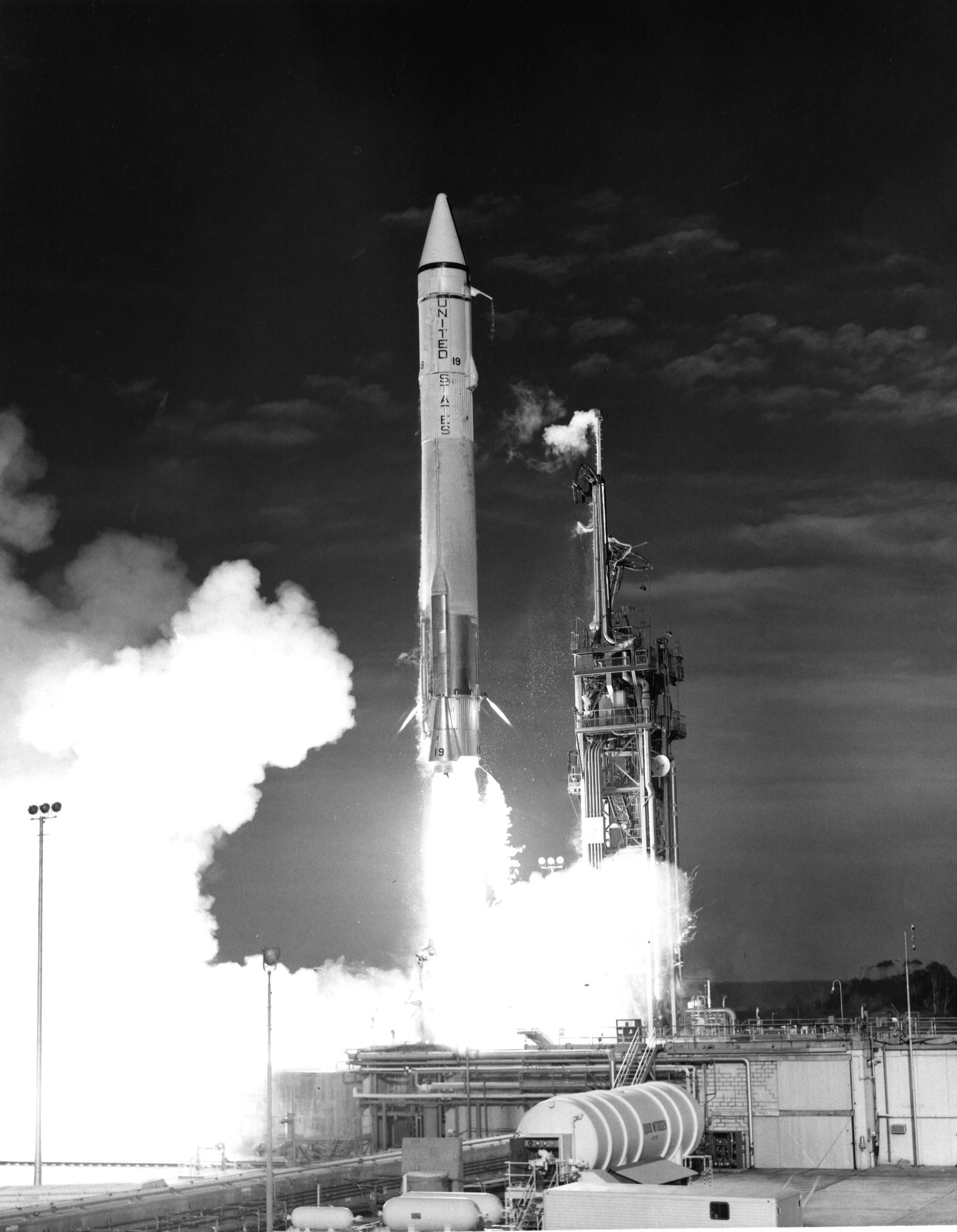
An Atlas-Centaur launched at 5:22 p.m. EST on March 27, 1969, to send Mariner 7 on its way to Mars. Mariner 7 joined its sister spacecraft, Mariner 6, on a journey that carried them within 2,000 miles of the red planet that summer. Mariner 6 was launched from Kennedy Space Center in Florida on Feb. 24 and investigated the Martian equatorial area while Mariner 7 concentrated on the south polar cap.
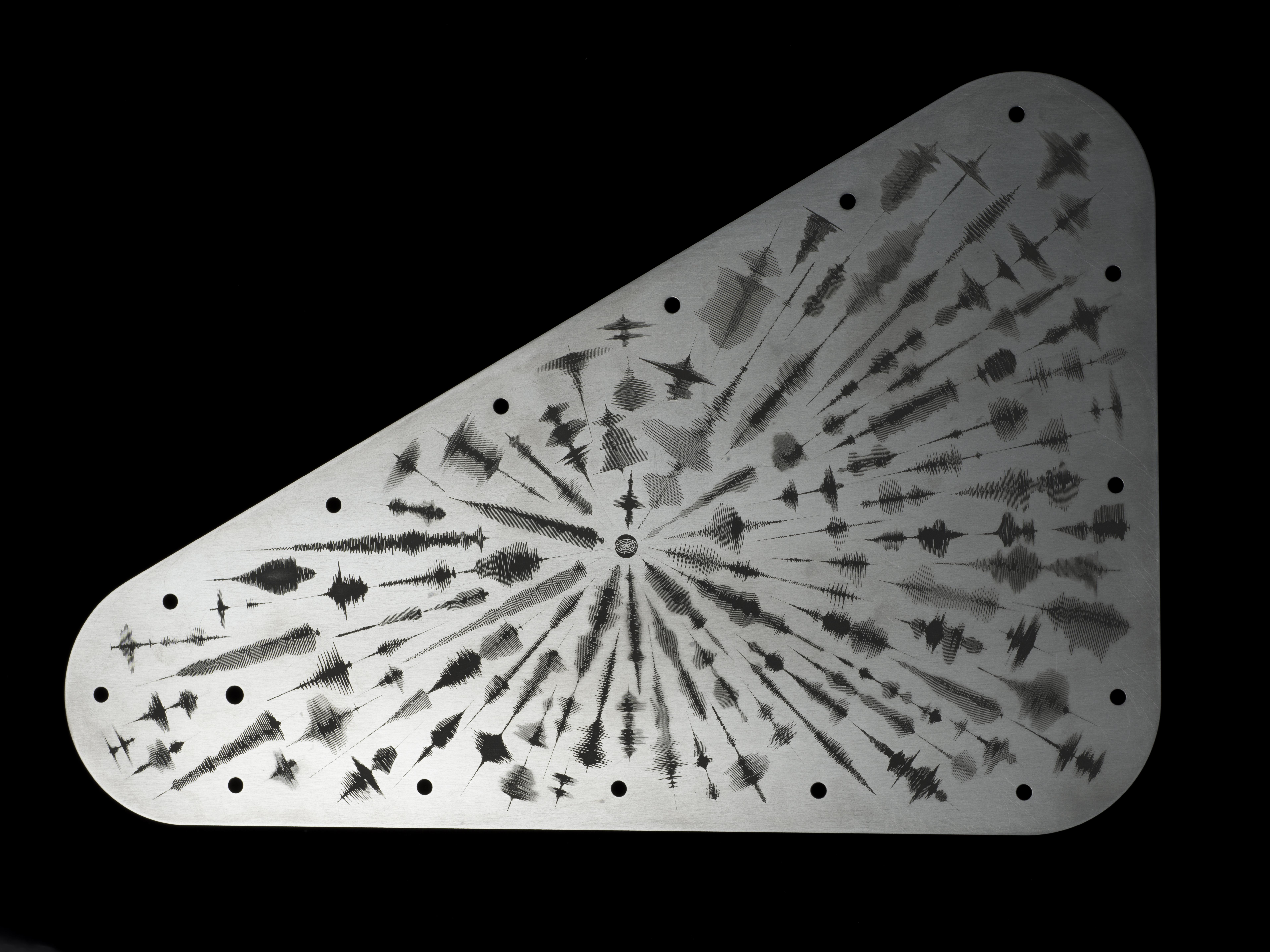
NASA's Europa Clipper spacecraft will carry a special message when it launches in October 2024 and heads toward Jupiter's moon Europa. The moon shows strong evidence of an ocean under its icy crust, with more than twice the amount of water of all of Earth's oceans combined. A triangular metal plate, seen here, will honor that connection to Earth.
The plate is made of tantalum metal and is about 7 by 11 inches (18 by 28 centimeters). It is engraved on both sides and seals an opening in the electronics vault, which houses the spacecraft's sensitive electronics. The art on this side of the plate features waveforms that are visual representations of the sound waves formed by the word "water" in 103 languages. The waveforms radiate out from a symbol representing the American Sign Language sign for "water."
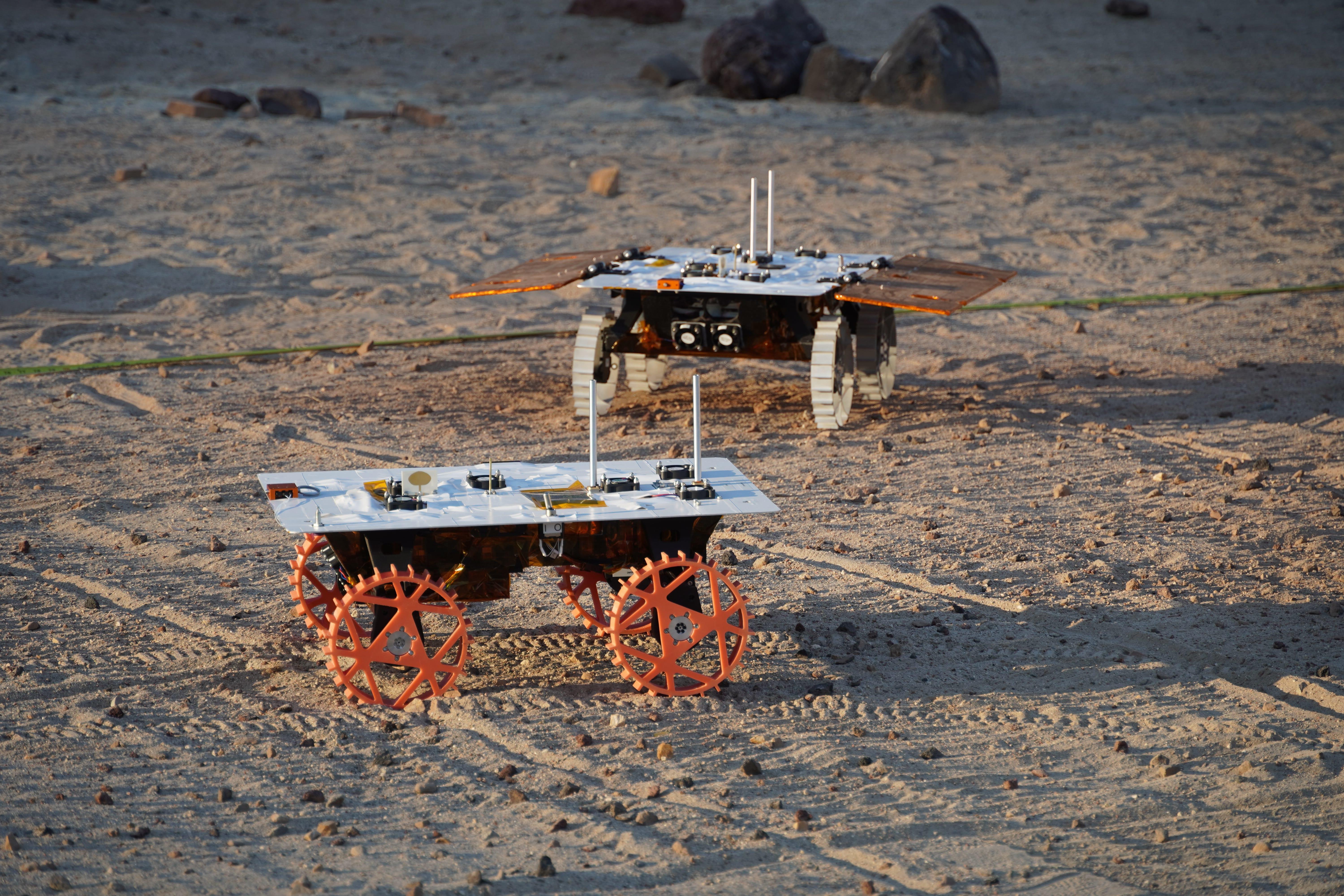
Two full-scale development model rovers that are part of NASA's CADRE (Cooperative Autonomous Distributed Robotic Exploration) technology demonstration drive in the Mars Yard at the agency's Jet Propulsion Laboratory in Southern California in August 2023. The project is designed to show that a group of robotic spacecraft can work together as a team to accomplish tasks and record data autonomously – without explicit commands from mission controllers on Earth.
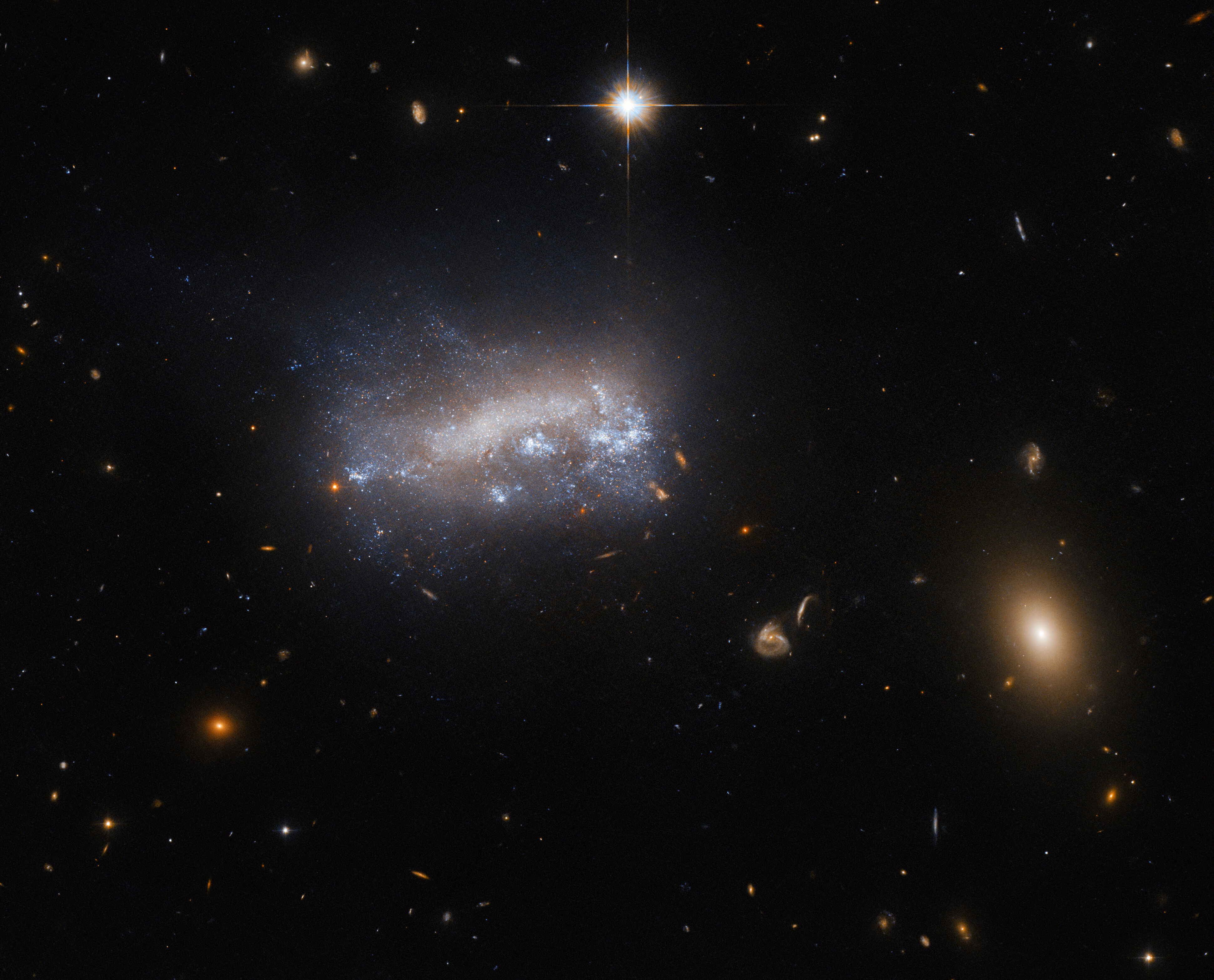
This NASA/ESA Hubble Space Telescope image shows LEDA 42160, a galaxy about 52 million light-years from Earth in the constellation Virgo. The dwarf galaxy is one of many forcing its way through the comparatively dense gas in the massive Virgo cluster of galaxies. The pressure exerted by this intergalactic gas, known as ram pressure, has dramatic effects on star formation in LEDA 42160.
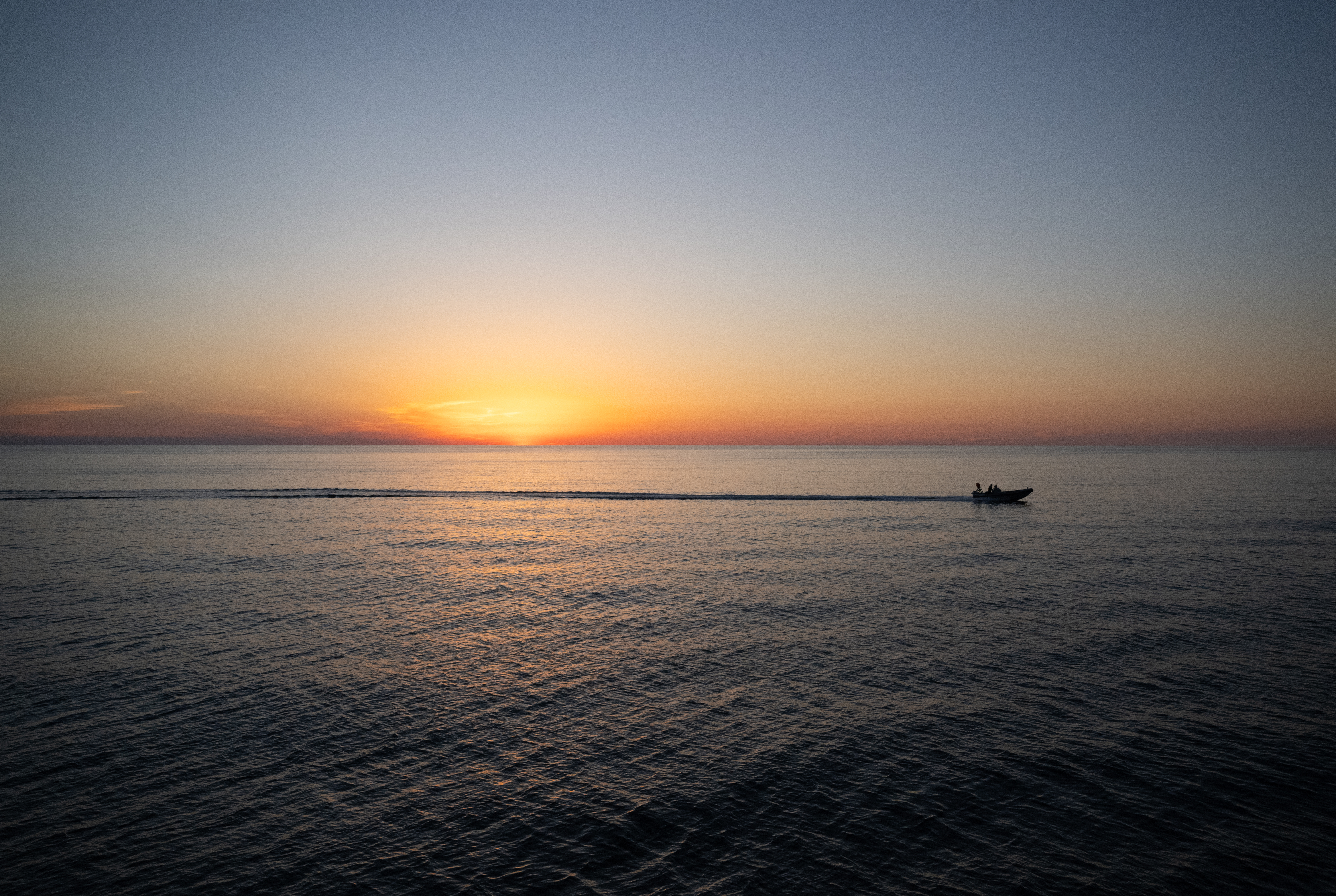
A fast boat is seen at sunrise after the landing of SpaceX Dragon Endurance spacecraft a few hours earlier in the Gulf of Mexico off the coast of Pensacola, Florida, Tuesday, March 12, 2024. The Crew-7 members returned after nearly six-months in space as part of Expedition 70 aboard the International Space Station.

"I've come a long way from thinking, 'Well, I did this whole dissertation on geysers, what it would take for them to erupt, for a spacecraft to see them, and that people might not take me seriously as a scientist because of it,' to being on the Europa Clipper camera team involved in investigating these plumes and ensuring we can image them if they're there. It's a full-circle moment." – Dr. Lynnae Quick, Ocean Worlds Planetary Scientist, NASA’s Goddard Space Flight Center
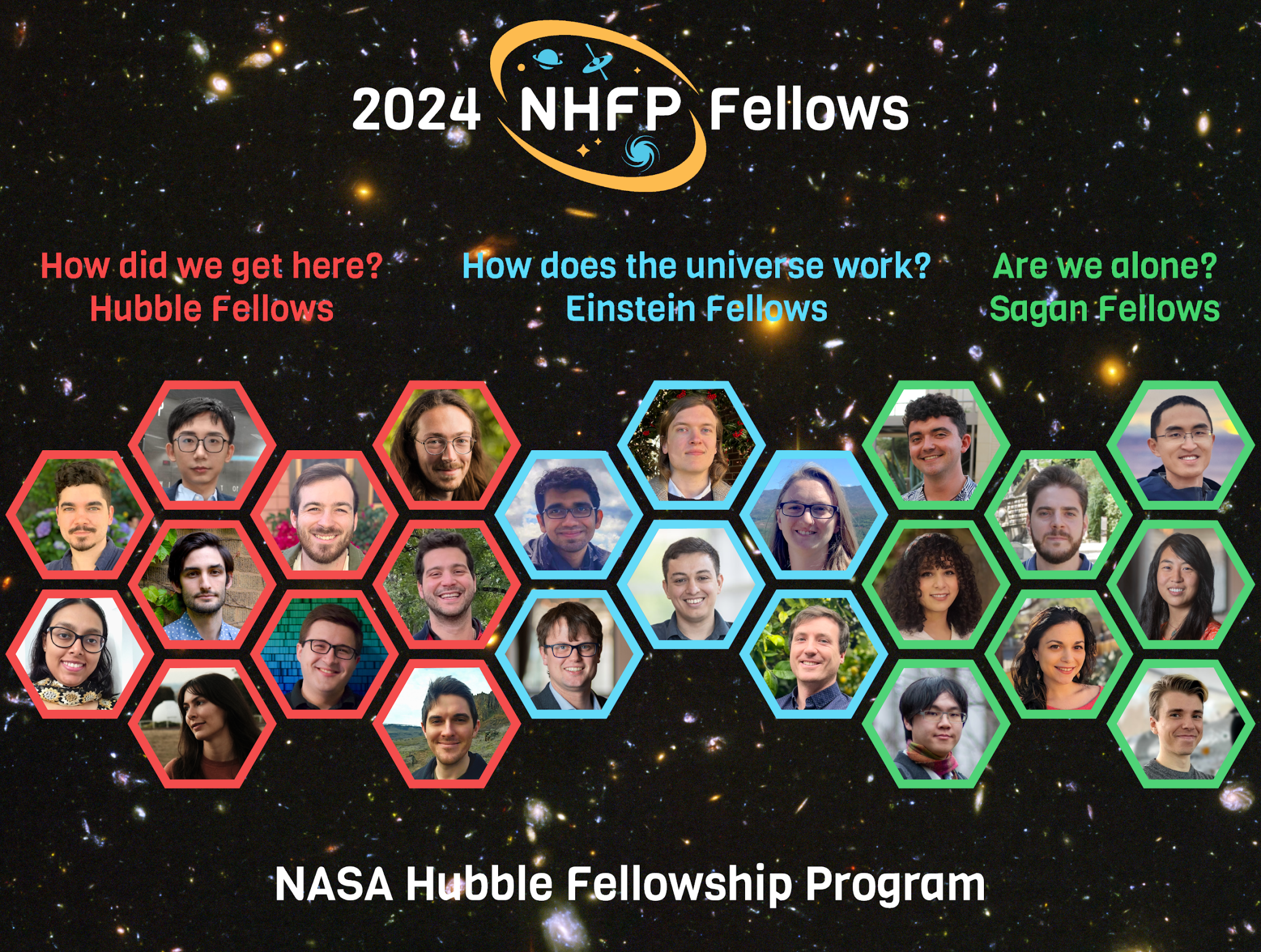
The highly competitive NASA Hubble Fellowship Program (NHFP) recently named 24 new fellows to its 2024 roster. The program fosters excellence and inclusive leadership in astrophysics by supporting a diverse group of exceptionally promising and innovative early-career astrophysicists. The NHFP enables outstanding postdoctoral scientists to pursue independent research in any area of NASA Astrophysics, using […]
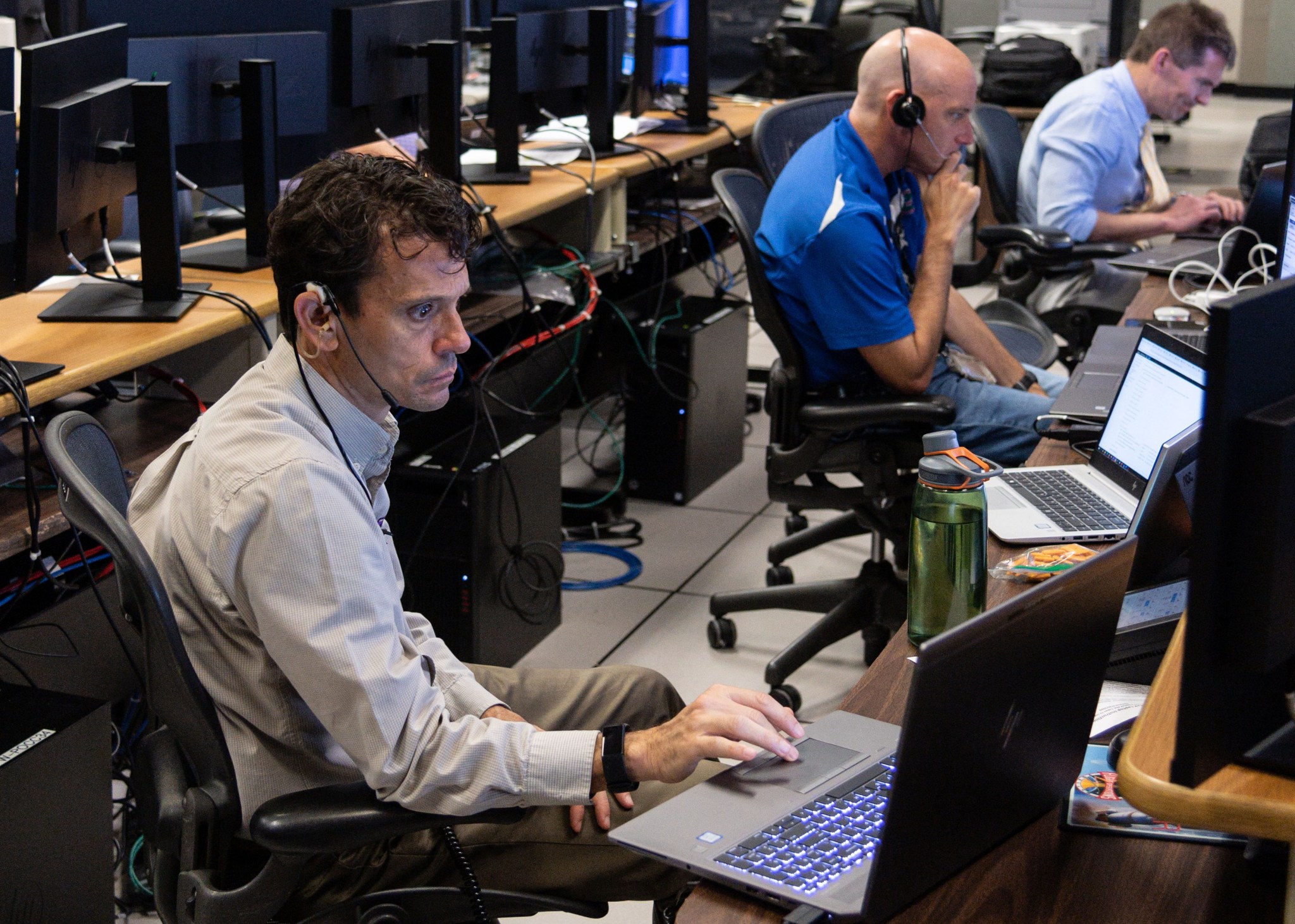
The National Society of Professional Engineers named Chris Lupo, deputy chief engineer of NASA’s Commercial Crew Program, as the agency’s 2024 Federal Engineer of the Year. Sponsored by the National Society of Professional Engineers in Government, the award recognizes engineers employed in the federal government. Lupo was recognized during an award ceremony at the National […]
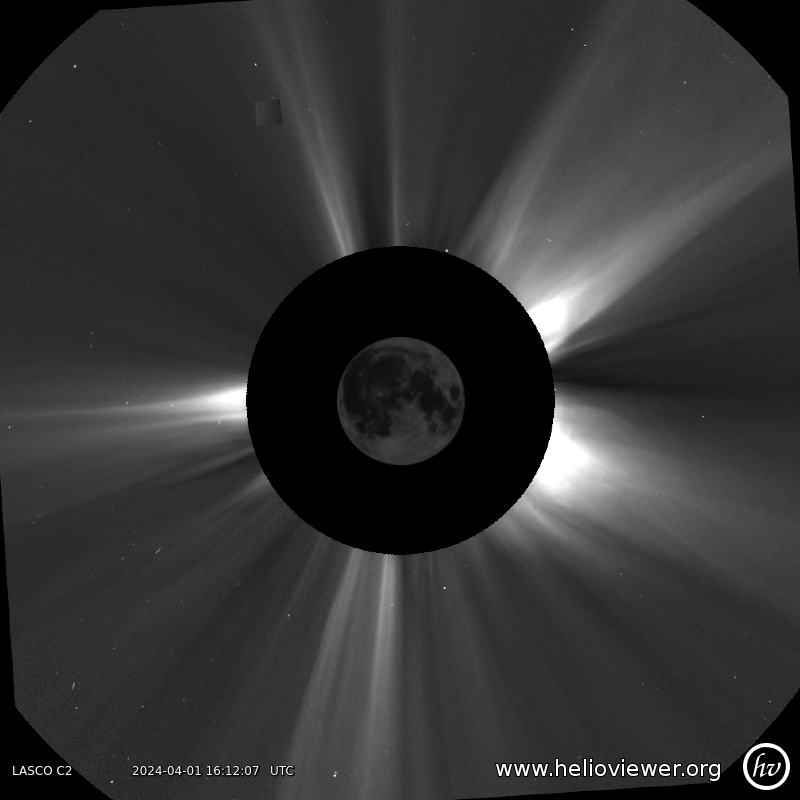
Do you wish you could see a total solar eclipse every day? With a new online tool called Eclipse Watch, you can observe the Sun’s outer atmosphere, or corona, in real time with eclipse-like images from space as we count down to the next total solar eclipse on Earth. The new Helioviewer Eclipse Watch data […]
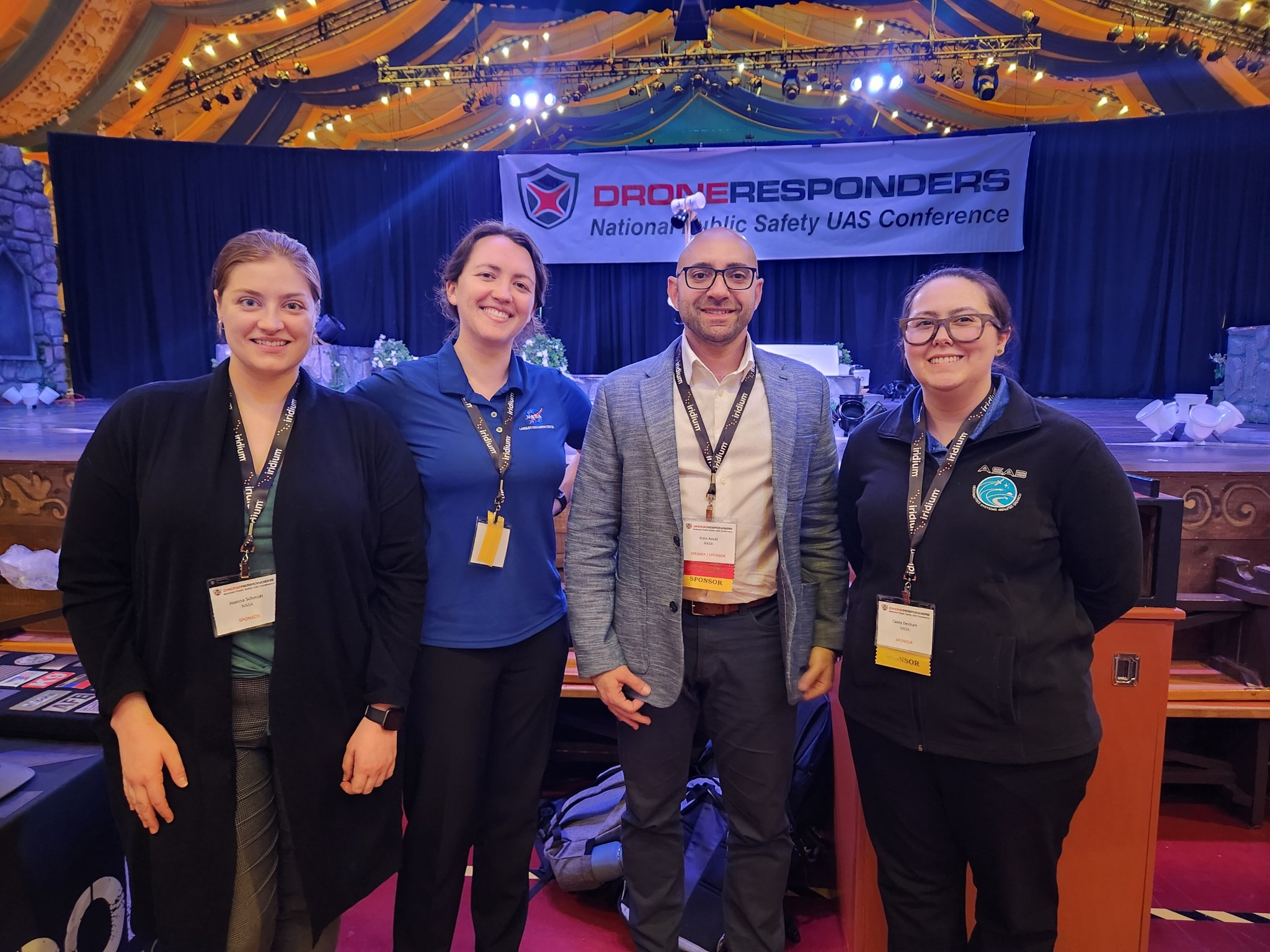
The National Public Safety Unmanned Aerial Systems (UAS) Conference was held at Busch Gardens in Williamsburg, Virginia, March 12-13. NASA Langley engineers presented their work at the conference and staffed a NASA information table, promoting the benefits of NASA technologies and research for drone responders. “It’s exciting to see the effect drones have on search […]
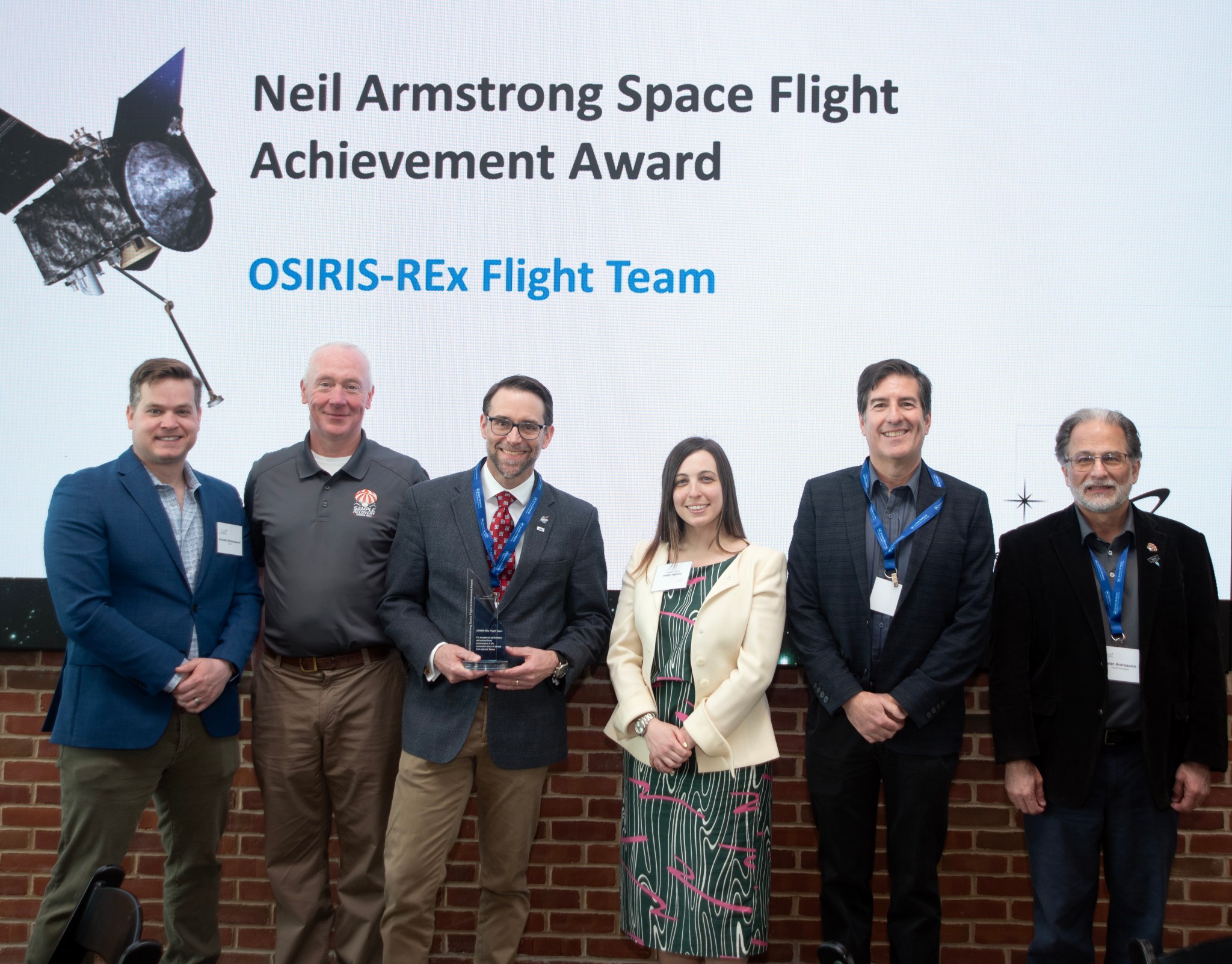
NASA’s OSIRIS-REx (Origins, Spectral Interpretation, Resource Identification, and Security – Regolith Explorer) team received the American Astronomical Society’s Neil Armstrong Space Flight Achievement Award “for exceptional performance and extraordinary perseverance in successfully delivering a sample from asteroid Bennu to Earth.” The award, named after the first person to walk on the Moon, is given annually […]
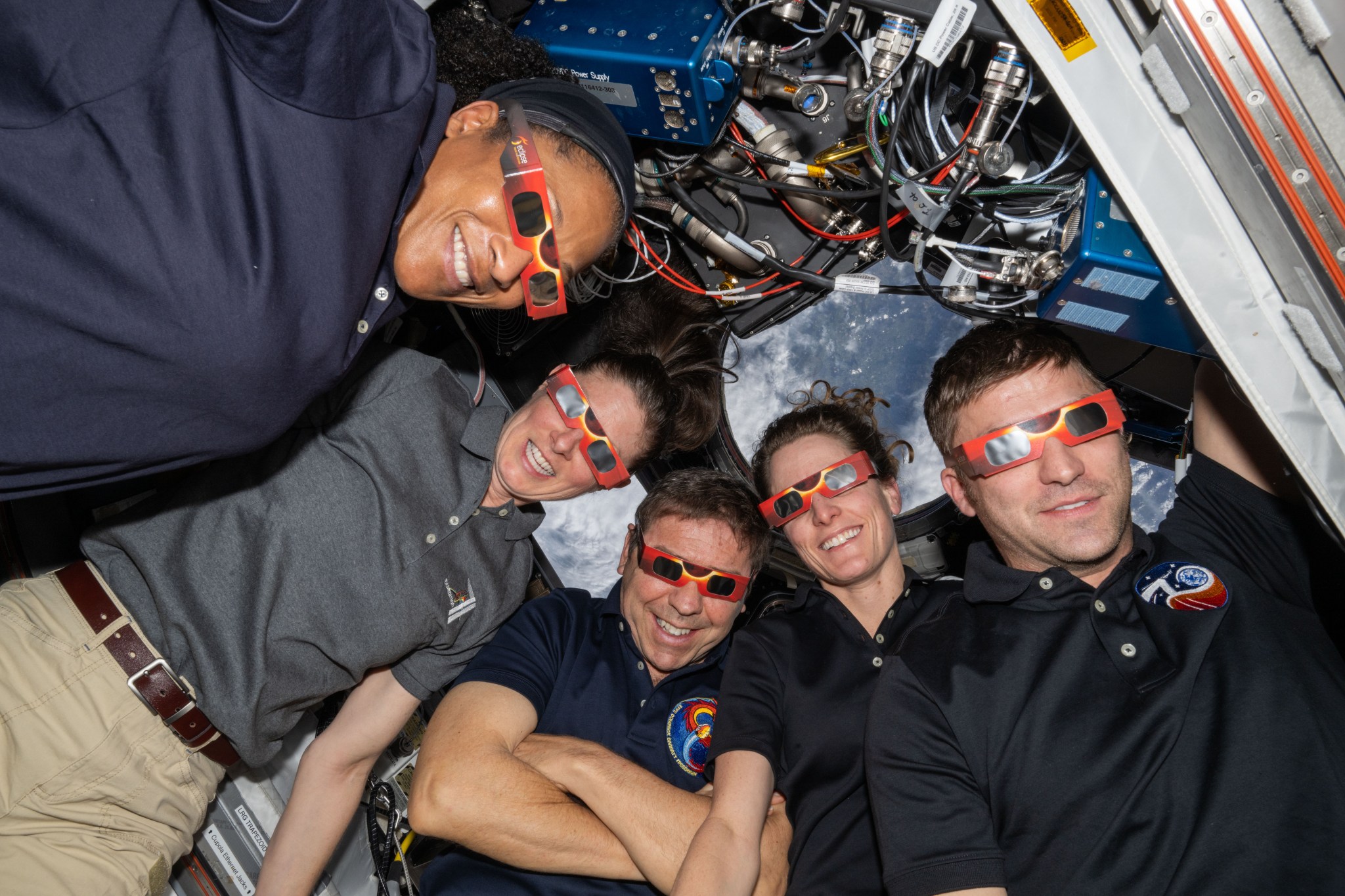
NASA astronauts aboard the International Space Station wear eclipse glasses in this image from March 26, 2024. While millions of people on Earth experience the total solar eclipse on April 8, 2024, the space station crew will have the opportunity to see it from 250 miles above our planet. Except during the brief period when […]
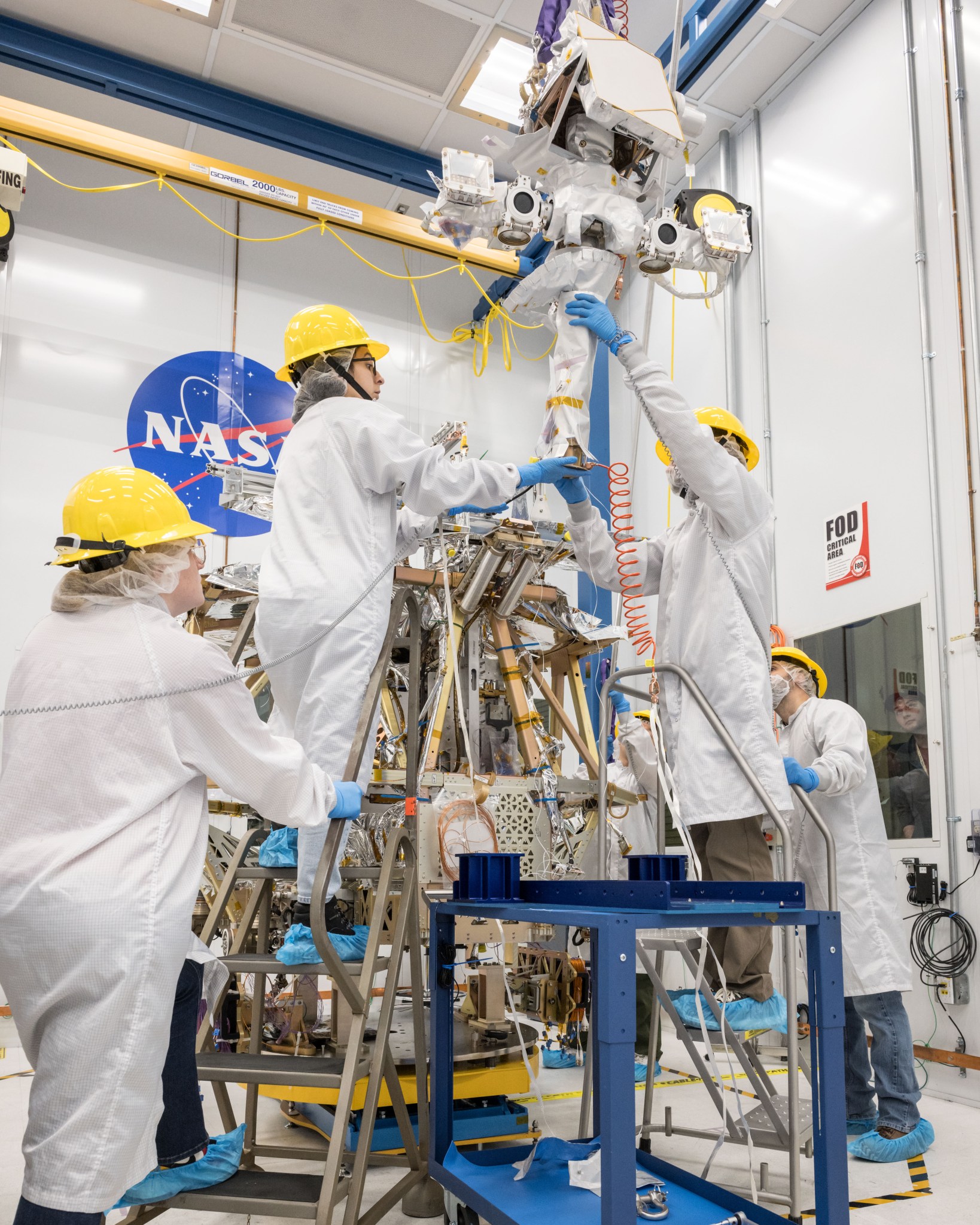
NASA’s VIPER – short for the Volatiles Investigating Polar Exploration Rover – now stands taller and more capable than ever. And that’s thanks to its mast. VIPER’s mast, and the suite of instruments affixed to it, looks a lot like the rover’s “neck” and “head.” The mast instruments are designed to help the team of rover drivers […]

Hydrogels are popular for use in skin ailments and tissue engineering. These polymer-based biocompatible materials are useful for their abilities to retain water, deliver drugs into wounds, and biodegrade. However, they are complicated to manufacture and not very resilient to external forces like rubbing against clothing, sheets, or wound dressings. They are also not inherently able to battle bacterial infections, so they are often infused with antimicrobial drugs or metal ions, which can cause antibiotic resistance and negative effects on cell growth.

Researchers Violeta Simón, Marcial Escudero and Juan Arroyo, from the Department of Botany at the Faculty of Biology of the University of Seville, in collaboration with researchers from four other countries, led a study in which they demonstrate Darwin's hypothesis of precise pollination across all angiosperms (flowering plants). The research is published in the journal Nature Communications.

The oldest trees in the forest help to prevent the disappearance of endangered species in the natural environment, according to a study led by the University of Barcelona. This is the case of the wolf lichen—threatened throughout Europe—which now finds refuge in the oldest trees in the high mountains of the Pyrenees.

Owning a home has long been considered a crucial way to build wealth, but making such a purchase has become increasingly difficult for many residents. In addition to steep housing prices and high interest rates, there have been a growing number of all-cash buyers who can close a deal quickly, beating out competing offers from buyers who need to finance their home with a mortgage.

After a decade out of the spotlight, the brain cells once alleged to explain empathy, autism and theory of mind are being refined and redefined.
The post Overexposure Distorted the Science of Mirror Neurons first appeared on Quanta Magazine

Mathematicians have illuminated what sets of points can look like if the distances between them are all whole numbers.
The post Merging Fields, Mathematicians Go the Distance on Old Problem first appeared on Quanta Magazine

Our brain waves can align when we work and play closely together. The phenomenon, known as interbrain synchrony, suggests that collaboration is biological.
The post The Social Benefits of Getting Our Brains in Sync first appeared on Quanta Magazine

Birds flock. Locusts swarm. Fish school. From chaotic assemblies of life, order somehow emerges. In this episode, co-host Steven Strogatz interviews the evolutionary ecologist Iain Couzin about how and why collective behaviors arise.
The post How Is Flocking Like Computing? first appeared on Quanta Magazine

Russell Impagliazzo studies hard problems, the limits of cryptography, the nature of randomness and more.
The post The Researcher Who Explores Computation by Conjuring New Worlds first appeared on Quanta Magazine
